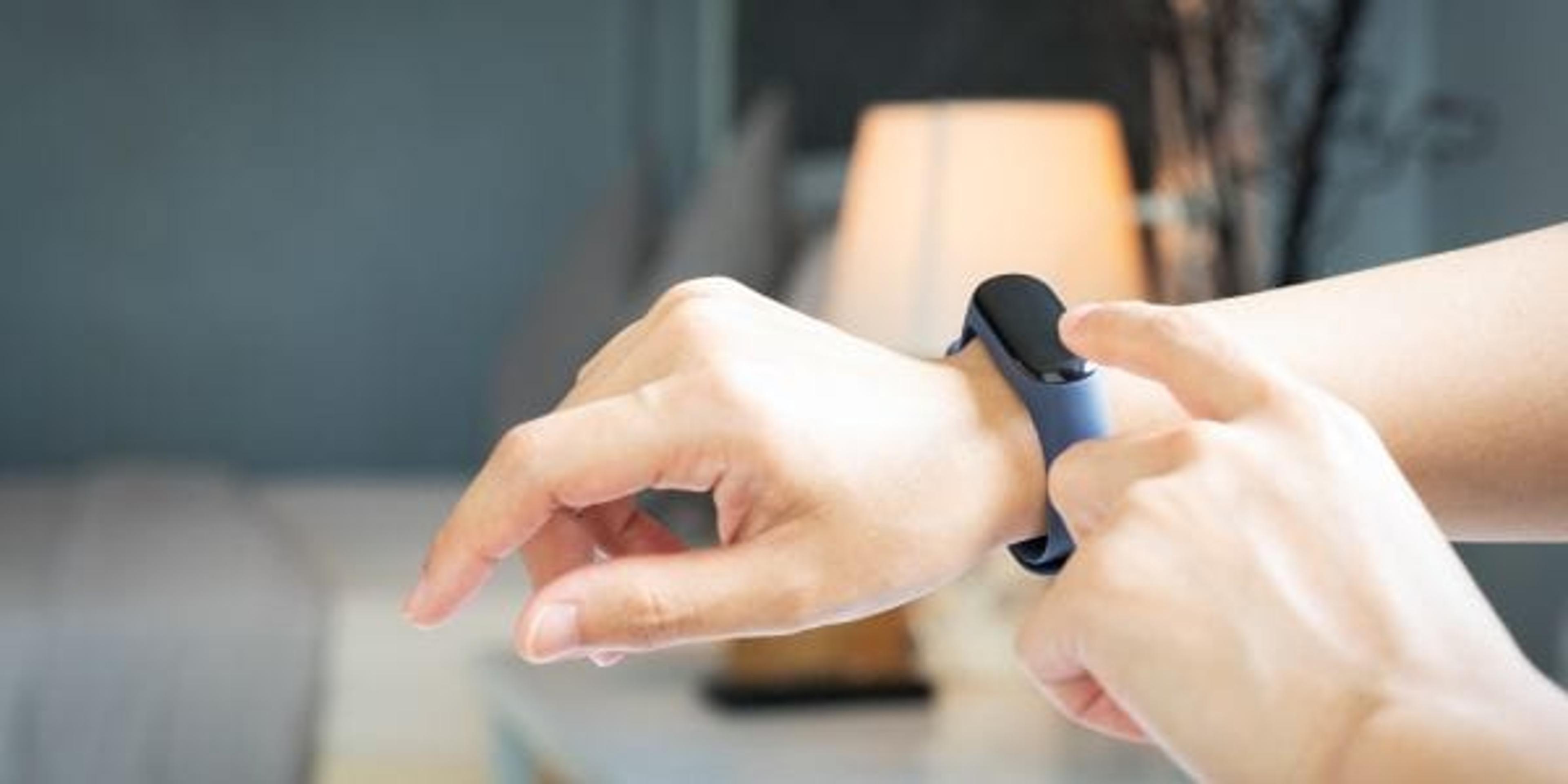Wearable Sleep Trackers: Do They Really Work?
| 4 min read

About one third of adults report getting less than the recommended amount of sleep, according to the Centers for Disease Control and Prevention.
Adults who don’t get the recommended minimum seven hours of sleep each night are at an increased risk for chronic conditions such as obesity, diabetes, high blood pressure, heart disease, stroke and mental distress.
So, what’s the solution?
Unfortunately, the fix isn’t as easy as it may seem. While most experts recommend between seven to nine hours of sleep per night, there’s no “one-size-fits-all” answer. A good night’s sleep varies from person to person, and our sleep patterns change as we age. And beyond amount of sleep, it’s also important to look at quality of sleep and whether you complete sleep cycles.
Enter wearable sleep trackers.
We live in the era of the “quantified self,” with the ability to self-monitor practically every aspect of our health. Hundreds of fitness trackers can now measure our steps, distance traveled, calories burned, heart rate, skin temperature and even perspiration. Not only do many of these trackers claim to monitor sleep, but some promise data on sleep quality – generally meaning how long we spend in each of the five stages of sleep, from light sleep to REM to deep sleep.
Before we try to understand how that works and whether it’s accurate, let’s back up and look at how sleep is typically measured by experts. In traditional sleep studies, or polysomnography (PSG) tests, patients spend the night in a sleep lab hooked up with equipment that measures their sleep cycles and stages. According to National Institutes of Health, this test records a number of physical activities including:
- Air flow in and out of your lungs as you breathe
- The level of oxygen in your blood
- Body position
- Brain waves (EEG)
- Breathing effort and rate
- Electrical activity of muscles
- Eye movement
- Heart rate
Back to personal sleep trackers. Most of these wearable gadgets measure sleep through actigraphy with a device called an accelerometer … which is basically a fancy way of saying they simply measure sleep by movement.
“They are measuring an indirect approximation of sleep through movement,” Michelle Primeau, clinical instructor at the Stanford Center for Sleep Sciences and Medicine told CNET. “In order to make these estimations of deep or light sleep they are probably using an algorithm that takes into account the relative amount of movement that a person is having in the course of a night.”
As for whether these sleep trackers “work” or not, it depends on how you use them and what you’re hoping to gain from them.
While trackers can be a good benchmark for the amount of sleep you’re getting, many are still skeptical about their ability to measure the quality. So if you’re looking to log hours, great. If you’re looking to compare light vs. deep sleep, take the analysis with a grain of salt.
As Dr. Irshaad Ebrahim of the London Sleep Centre told The Guardian, “They’re not measuring sleep, simply motion – not muscle tone, brain waves, heart rate or eye movement. You cannot infer quality of sleep from motion and tell what is crucial REM [rapid eye movement] sleep and what is not.”
Experts also warn that these types of devices are not a substitute for medical advice or lab testing.
However, that doesn’t mean sleep trackers are useless. If you’re trying to adopt a healthier sleep routine, the instant feedback that comes from self-monitoring may motivate you to adhere to your goals. These devices can also help keep sleep – an often overlooked health issue – on the top of our mind.
“The bottom line is that any device on your wrist that makes you think twice about staying up too late is a good thing,” said Dr. Christopher Winter, medical director at Charlottesville Neurology & Sleep Medicine, in his Huffington Post review of various trackers.
Looking for other ways to get a good night’s sleep? Check out these posts:
Photo credit: Pornchai_Soda
This post was originally published on Oct. 15, 2014 and has been updated.





